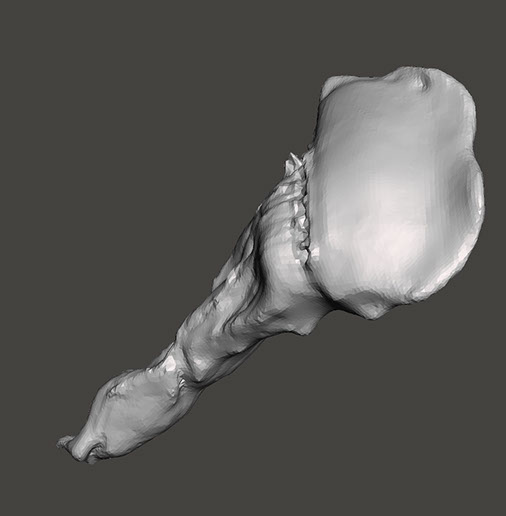Species: Portuguese Man O’ War
Student: Hadley Mayse
Information:
Though sometimes unnoticeable, plankton are found throughout oceans, seas, and lakes all over the Earth. Plankton vary in size and appearance and can be both single and multi-celled, which is why these creatures are sometimes unrecognizable to the human eye. The two main categories of plankton present in our waters are phytoplankton and zooplankton. Phytoplankton rely on photosynthesis to make their own food and energy, while zooplankton eat other organisms to survive. The fate of all water critters is heavily dependent upon plankton, because without them, our oceanic food chain would quickly diminish and kill off all of our swimming friends.
The Portuguese Man O’ War, or “floating terror,” is a member of the Physaliidae Family. Found primarily in the Atlantic Ocean, this creature has also been located in the Indian and Pacific Oceans. Though they look similar to other jellyfish, they differ in that they are siphonophores and colonial organisms. Colonial organisms are multicellular organisms and all of their individual cells can carry out all necessary functions for life. The Portuguese Man O’ War is a carnivore and its diet consists mainly of small marine organisms such as fish and plankton. Like jellyfish, their way of transportation is simply to float through the oceans and currents in order to travel to a new destination. They can reach up to twelve inches long, five feet wide, and their tentacles an grow up to one hundred and sixty-five feet long. The Portuguese Man O’ War can approximate up to the relative size of a six foot man.
